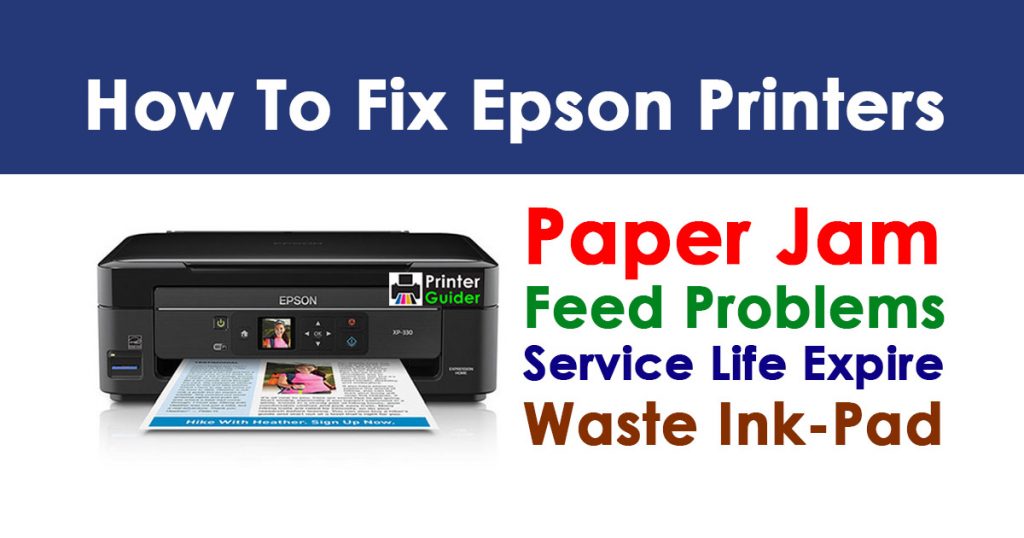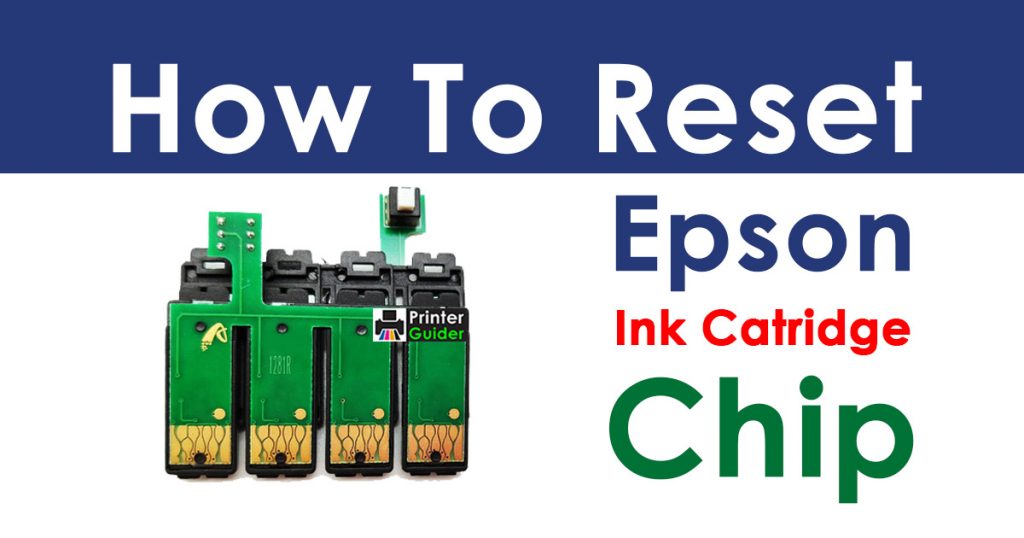What is a Tank Printer? Tank printers are an inkjet printer subclass. They use the same ink and offer the same level of quality, but the ink is stored in tanks rather than replaceable cartridges. Colour ink tank printers include separate holders for black and several other colour inks, each of which is connected to a print head through a tube. Because the tanks are refillable, you just top them up with new ink when they run low rather than replacing them like you would with a standard inkjet cartridge.
How Do Ink Tank Printers Function?
In most ways, ink tank printers function similarly to inkjet printers. The printer has one or more printheads that move across the paper, spraying small droplets of ink as they go. These extremely minute droplets are deposited on the paper, where they form letters and images.
During printing, airtight tubing transports ink from the reservoir to the printer. Colour printers contain many tanks for black ink, whereas monochrome printers have only one. A basic colour ink model will include tanks for black ink, cyan, magenta, and yellow ink.
Some ink tank printers feature even more ink tanks. In addition to cyan, magenta, and yellow, a picture ink tank printer may contain one for black, another for photo black, and a third for grey.
What is the difference between ink tanks and other types of inkjets?
The way ink is stored and delivered distinguishes these printers from other inkjets. Ink tank printers store ink in permanent tanks that are connected to the print head through airtight tubes. Ink is kept in cartridges that snap into the printhead or another receptacle in classic inkjet printers.
Ink cartridges on classic inkjet printers are more than just ordinary tanks. The components responsible for regulating and controlling the distribution of ink droplets are commonly found in cartridges. That implies that when you replace a cartridge, you are also replacing all of the components. All of this is handled by the printhead integrated into ink tank printers. When you refill an ink tank printer, you are merely replacing the ink.
Some ink tank printers employ a hybrid approach that combines replaceable cartridges and refillable ink tanks. These systems are designed to reduce the requirement for cartridge replacement by utilising high-volume cartridges that unload ink into internal tanks.
How to Refill an Ink Tank Printer?
Typically, this is achieved by opening the printer, removing a cap from a low-ink tank, and pouring ink into the tank. This may carry the potential of causing a mess, but these tanks are specifically intended for refilling, so spilling is unlikely if you follow the guidelines.
Because some ink tank printers use cartridges or other ink delivery mechanisms, refilling isn’t always as simple as pouring liquid ink into a tank. Occasionally, you snap a cartridge into place, which is remarkably similar to replacing the ink cartridge in a regular inkjet printer.
Does the ink in the tanks dry out?
Because the ink tanks are airtight in tank printers, ink drying out is rarely an issue. The biggest risk with tank printers is that the printhead itself can dry out if not utilised on a regular basis, rather than the ink.
That is why printheads must be cleaned on a regular basis, which is done by running some ink through the printhead to avoid it from drying out or clogging. Even if the printer is not utilised else, this practice will deplete the ink.
Are Ink Tank Printers Appropriate for Home Use?
Ink tank printers are generally suitable for household use in settings where they will be utilised on a regular basis. The key advantage of these printers is that they have cheaper per-print costs than regular inkjets and can usually produce more individual pages between refills. As a result, if you have a home office, students who need a lot of printing for a school, or applications that require reasonably high volume printing, an ink tank printer is an excellent solution.
Because the ink is housed in airtight tanks and is unlikely to dry out, these printers are also suitable for infrequent usage. They are, however, more expensive to operate in cases when very little printing is done and a substantial amount of ink is wasted due to periodic purging. In such cases, a low-cost inkjet or laser printer may be the more cost-effective option.
Also Read: How To Reset Waste Ink-pad Counter Using Epson Adjustment Program



